Yaku Jima Maiden Grass
$34.50 Original price was: $34.50.$24.15Current price is: $24.15.
- Free Shipping over $25
- Fast & reliable delivery options
- Enjoy top quality items for less
- Multiple safe payment methods

Maiden grass is without doubt one of the most outstanding and useful of all the ornamental grasses. It isn’t invasive, but stays as a dense clump, and the graceful arching leaves give a unique and airy look to your garden. The elegant feathery flower plumes come late in the season, making a spectacular fall highlight, and they last well through winter too. Easy to grow, everyone recommends it as essential in every modern garden. There is just one problem – a ‘big’ one – and that is the size. Plants can be 6 or even 8 feet tall in bloom, and will overpower the scale of plants around it, especially in a smaller garden. As always, though, Mother Nature has given us an answer. In a few selected parts of Japan a natural dwarf form grows, known in gardens as the Yaku Jima Maiden Grass. The leaves are extra slender to give a fine texture in proportion to the smaller size, and the beautiful white flower plumes rise elegantly above the foliage without looming over our heads. No matter if you are new to ornamental grasses, or an experienced grower, this is a ‘must have’ that you must have in your garden.
Growing the Yaku Jima Maiden Grass
Size and Appearance
The Yaku Jima Maiden Grass is a perennial grass that lasts for many years. It forms a dense clump of stems, and never spreads, so it’s completely non-invasive and won’t take over your beds. Many slender leaves rise up, and they are almost needle slender, a mere ⅜ of an inch wide, and 3 to 4 feet long, rising up and arching over to almost touch the ground. The clump stands 3 or maybe 4 feet tall – no taller, even when mature and well-established. The leaves are silvery-green, giving the plant a light, radiant look that is very special and amazingly ornamental. In fall the leaves turn reddish-brown, and then during winter become pale beige, but remain attractive until spring.
In late summer – and even into fall in colder parts of zone 5 – slender stems grow up, rising to perhaps 5 feet tall. These carry soft, feathery plumes of tiny grass flowers above the leaves. When newly opened these heads have a buff-pink color, fading to silver-white as they mature. The effect is wonderful. Flower heads remain attractive through much of the winter months. Birds often visit to eat the seeds, making a lively scene.
Using the Yaku Jima Maiden Grass in Your Garden
This beautiful grass can so easily add so much to your garden. Plant it on a small lawn, or in a bed topped with gravel and boulders. Grow a row along a path, or against a fence. Mix it with other perennials, both grassy and flowering, or with shrubs – or grow it alone for a striking sparse, modern look. Plant it by water or on slopes and banks. It’s a good choice for the beach cottage, since it tolerates both drought and salt spray. It is also great in planters, alone or with flowers, and these can be left outside all winter from zone 7. Wherever you have a blank spot, or a dull planting, slip in the Yaku JimaMaiden Grass and the area will be transformed into a garden highlight.
Hardiness
This grass is fully hardy from zone 5 to zone 9, so it can be grown almost everywhere. It also had a very good chance of growing in zone 4, if the ground is sandy and well-drained. In zone 4 and often in zone 5, flowering is very late or absent, especially with new plants, but it still makes a wonderful foliage plant.
Sun Exposure and Soil Conditions
Grow the Yaku Jima Maiden Grass in full sun, although it will also handle a couple of hours of shade each day within serious effect. Any well-drained soil is suitable, even dry, sandy soils, but avoid wet areas, especially in cooler zones. Resistant to drought once established, it is also resistant to salt spray, making it ideal for coastal and beach gardens.
Pruning and Maintenance
The Yaku Jima Maiden Grass is one of the so-called ‘warm season’ grasses. This means it only sprouts in spring after a period of warmer weather, while the soil warms. So don’t be impatient and think it is dead. If you need to move your plant, do this only in spring, at the time when new leaves are beginning to sprout. You can leave the leaves and flowers standing all winter, and trim in early spring back to about 6 inches, but in areas with lots of snow it is probably best to trim in fall. Plant some early flowering bulbs around the base to give some interest in early spring, before it begins to sprout.
History and Origins of the Yaku Jima Maiden Grass
Maiden grass, Miscanthus sinensis, is often called Chinese or Japanese silver grass, or eulalia grass. It grows naturally in both China and Japan, as well as in Korea. Wild plants cover large areas, and can rise to 10 feet tall when in bloom. On the Japanese island of Jaku Jima, and in several other areas, a natural dwarf form is found growing. It is similar to the form called ‘Gracillimus’, but a little smaller. This plant is sold in America as ‘Jaku Jima’.
Buying the Yaku Jima Maiden Grass at The Tree Center
The Yaku Jima Maiden Grass is so beautiful, and its smaller size brings it into focus for all smaller gardens, for smaller spaces in larger ones, or for mass planting. Prized by experts, it is always in short supply, yet always in high demand. We found some great young plants, but they are selling fast, so order now.
Be the first to review “Yaku Jima Maiden Grass” Cancel reply
Related products
Butterfly Bush
Rhododendron
Butterfly Bush
Shrubs and Hedges
Butterfly Bush
Drift® Roses
Hydrangeas
Hydrangeas




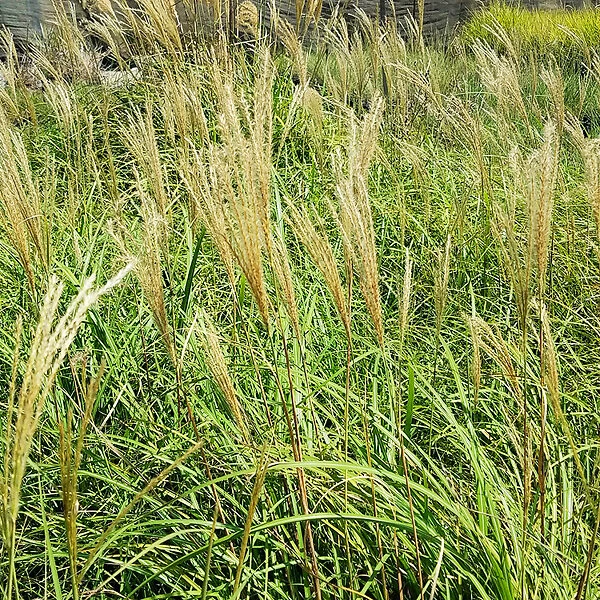

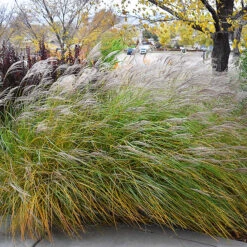
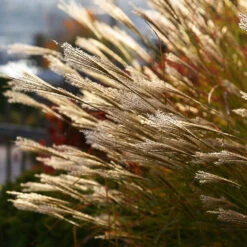
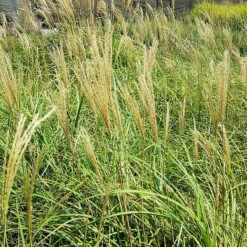

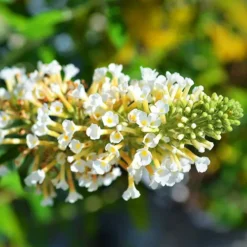
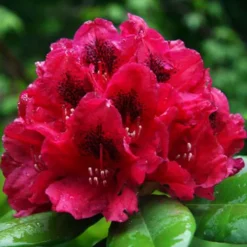


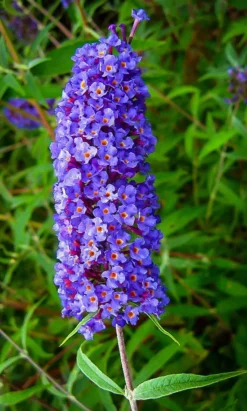
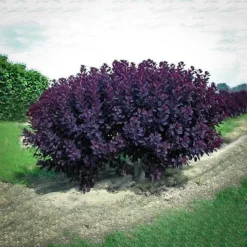
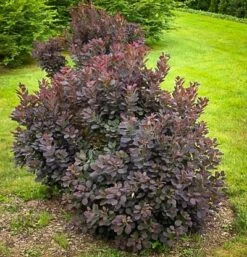

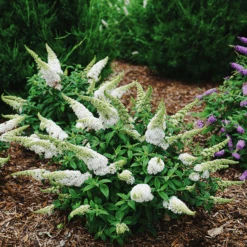
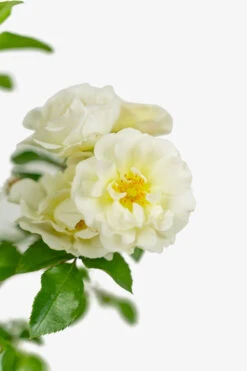
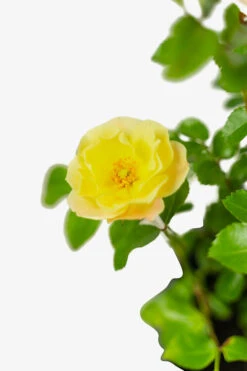
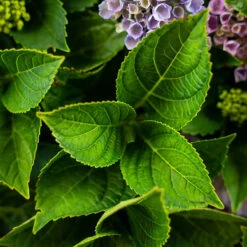
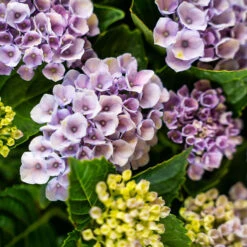

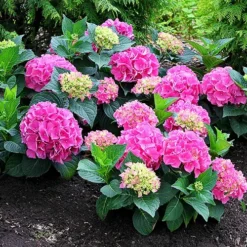
Reviews
There are no reviews yet.